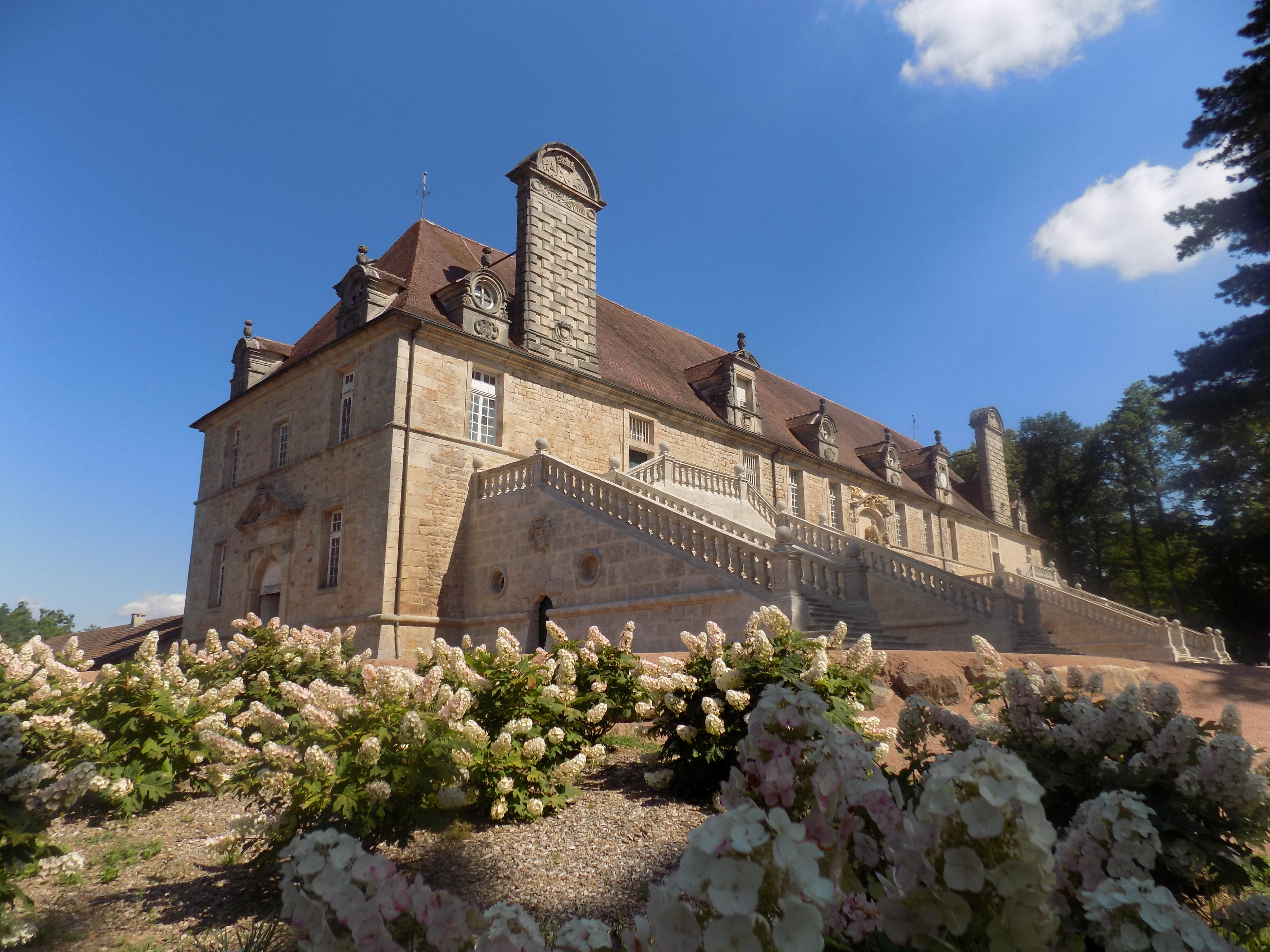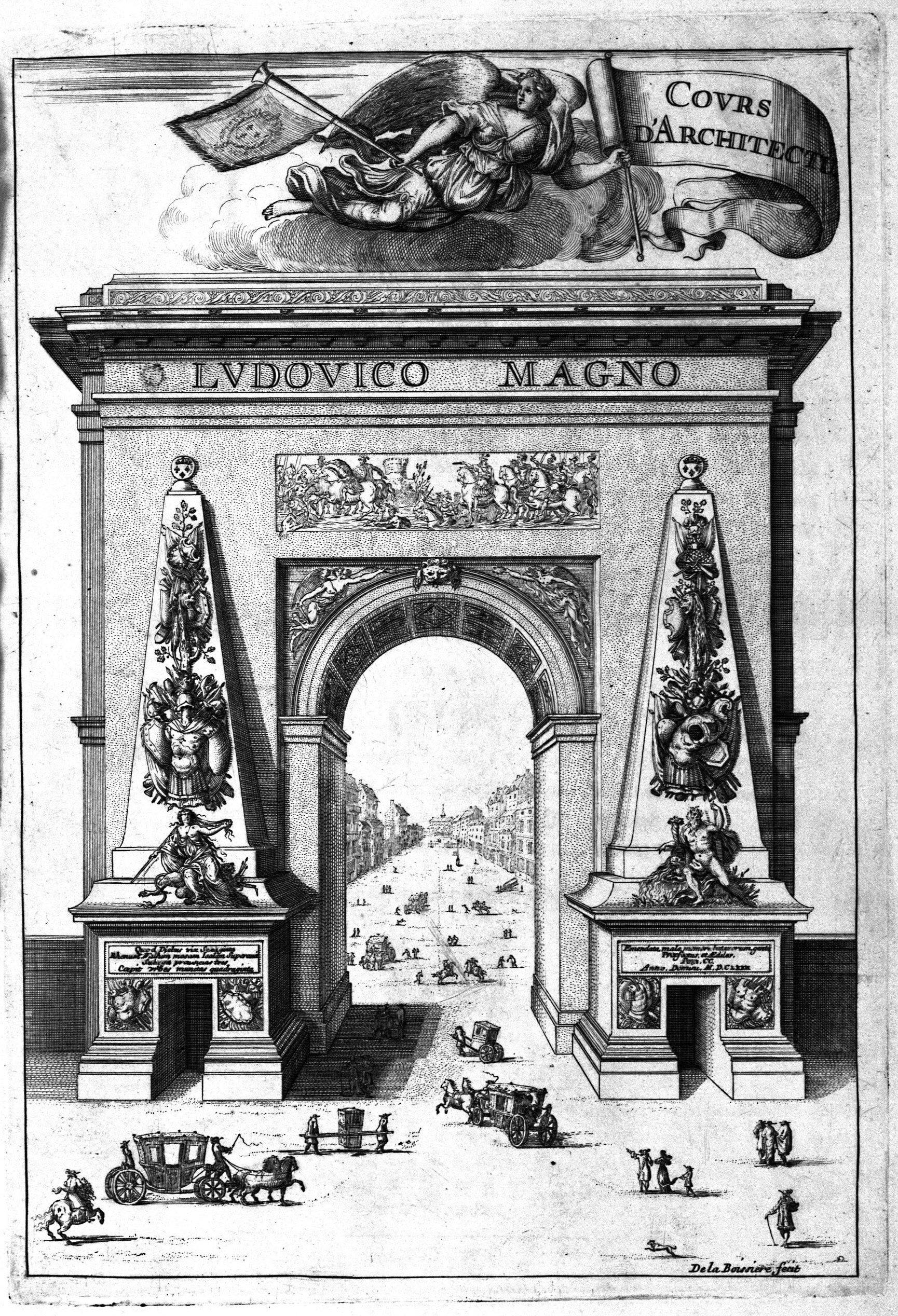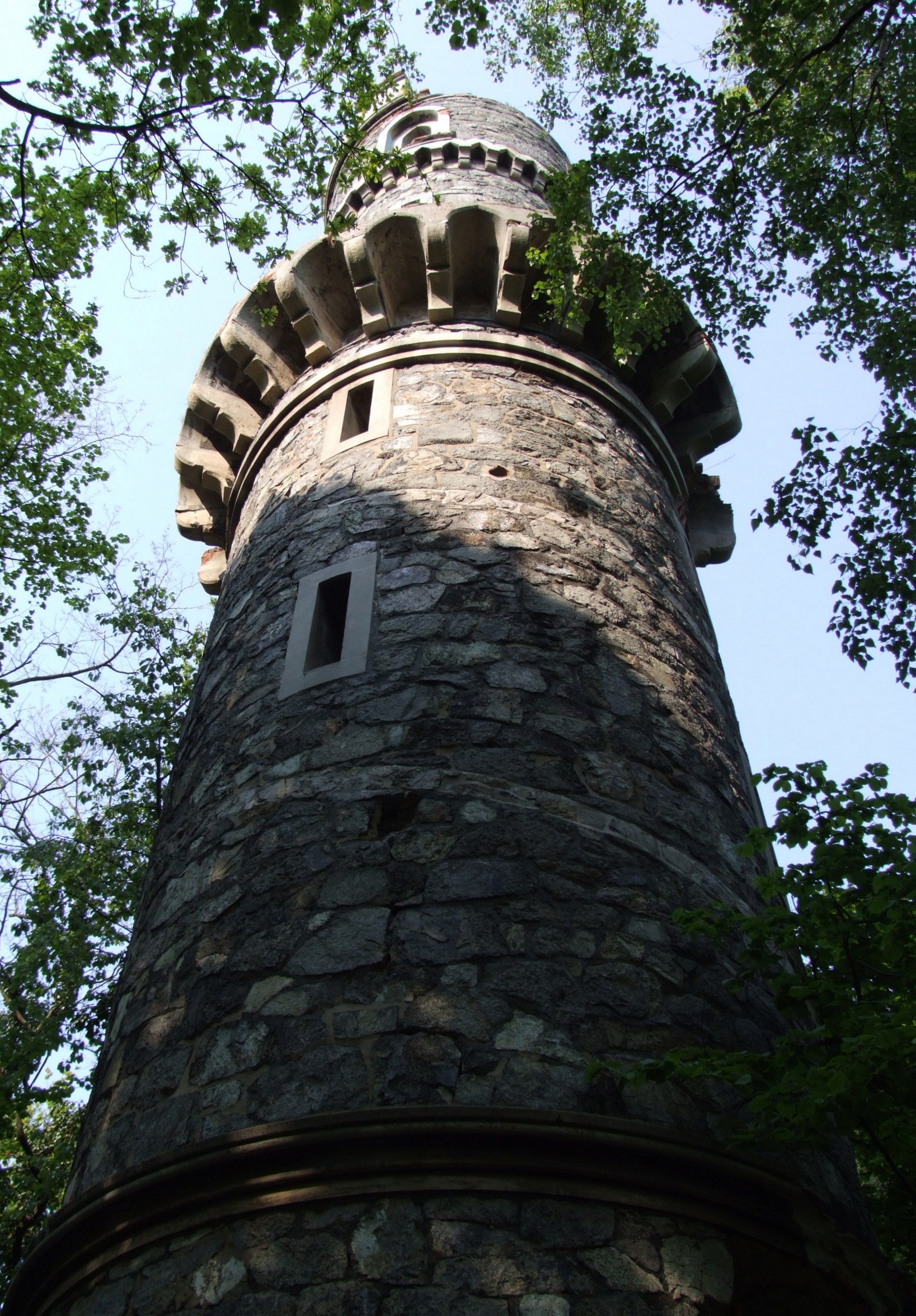|
Perron (staircase)
In architecture, a perron generally refers to an external stairway to a building. Curl notes three more-specific usages: the platform-landing reached by symmetrical flights of steps leading to the ''piano nobile'' of a building; the steps themselves; or the platform base of edifices like a market cross.Curl, James Stevens (2006). ''Oxford Dictionary of Architecture and Landscape Architecture'', 2nd ed., OUP, Oxford and New York, p. 573. . Perron also refers to a type of Belgian civic monument, which usually sits on a perron. A perron may be placed in front of the main entrance of a building or house, either as a single stone staircase or pair of such staircases leading up to the entrance and built in the Romanesque or Palladian styles and decorated with arches, balustrades and corbels. One of the largest and most impressive Baroque perrons is found outside Girona Cathedral and consists of 90 steps on three flights of stairs. The Calà del Sasso in Upper Italy has 4,444 steps an ... [...More Info...] [...Related Items...] OR: [Wikipedia] [Google] [Baidu] |
Vienna
en, Viennese , iso_code = AT-9 , registration_plate = W , postal_code_type = Postal code , postal_code = , timezone = CET , utc_offset = +1 , timezone_DST = CEST , utc_offset_DST = +2 , blank_name = Vehicle registration , blank_info = W , blank1_name = GDP , blank1_info = € 96.5 billion (2020) , blank2_name = GDP per capita , blank2_info = € 50,400 (2020) , blank_name_sec1 = HDI (2019) , blank_info_sec1 = 0.947 · 1st of 9 , blank3_name = Seats in the Federal Council , blank3_info = , blank_name_sec2 = GeoTLD , blank_info_sec2 = .wien , website = , footnotes = , image_blank_emblem = Wien logo.svg , blank_emblem_size = Vienna ( ; german: Wien ; ba ... [...More Info...] [...Related Items...] OR: [Wikipedia] [Google] [Baidu] |
Step Street
A step street is a thoroughfare fitted with steps for pedestrian traffic rather than paved or tracked for motor vehicles. It is a practical way of providing access up and down a slope that is too steep for automobiles. Step streets consist of a staircase of stone or concrete steps, often with a handrail on posts down the center, and sometimes lined with trees. Examples can be found in hilly urban areas. Step streets fell out of popularity with urban designers as the use of the automobile increased in cities. In the early 2010s, efforts were made to restore some of these open-air staircases in New York City. Examples * In New York City, there are 102 step streets across the city's five boroughs. Of these, the majority (64) are in the Bronx. Others are scattered through hilly areas of Upper Manhattan, Queens, Brooklyn, and Staten Island. Some of the more notable step streets in New York City include Bushman Steps, which led to the Polo Grounds stadium in Upper Manhattan, as well ... [...More Info...] [...Related Items...] OR: [Wikipedia] [Google] [Baidu] |
Château De Chaumont-la-Guiche
The French Château de Chaumont-la-Guiche r -Laguiche located in Saint-Bonnet-de-Joux (Saône-et-Loire), in a region formerly known as Charolais in southern Burgundy, was constructed beginning in 1500 for the .Babelon 1989, pp. 797–798. The most famous feature of the château is the monumental 17th-century stable block, designed by the noted French architect, François Blondel. Description The northwest façade of the ''corps de logis'' has tall mullion and transom windows. An openwork stone balustrade runs along the base of the steeply pitched roof, which is pierced with dormers opening into the attic. At the right end is a large square pavilion, which rises an additional storey; toward the left end, a taller octagonal turret encloses a staircase. Each has a separate, steeply pitched roof. The southeast façade is framed by two towers: a square pavilion to the right and a large round medieval tower to the left (the Tour d'Amboise). Both towers and the ''corps de logis'' ... [...More Info...] [...Related Items...] OR: [Wikipedia] [Google] [Baidu] |
François Blondel
François Blondel ( June 1618 – 21 January 1686) was a soldier, engineer of fortifications, mathematician, diplomat, military and civil engineer and architect, called "the Great Blondel", to distinguish him in a dynasty of French architects. He is remembered for his ''Cours d'architecture'' which remained a central text for over a century. His precepts placed him in opposition with Claude Perrault in the larger culture war A culture war is a cultural conflict between social groups and the struggle for dominance of their values, beliefs, and practices. It commonly refers to topics on which there is general societal disagreement and polarization in societal valu ... known under the heading ''Quarrel of the Ancients and the Moderns, Querelle des anciens et des modernes''. If François Blondel was not the most highly reputed among the ''académiciens'' of his day, his were the writings that most generally circulated among the general public, the ''Cours de Mathématiques'' ... [...More Info...] [...Related Items...] OR: [Wikipedia] [Google] [Baidu] |
Bismarck Tower
A Bismarck tower (german: Bismarckturm) is a specific type of monument built according to a more or less standard model across Germany to honour its first chancellor, Otto von Bismarck (d. 1898). A total of 234 of these towers were inventoried by Kloss and Seele in 2007Pohlsander, Hans A. ''National Monuments and Nationalism in 19th Century Germany'', Oxford: Lang, 2008, p. 226-227 but more have been discovered since making the total around 240. These towers were built between 1869''Der älteste Bismarckturm von 1869'' at www.bismarcktuerme.de. Retrieved 28 July 2016. and 1934 and some 173 remain today. Quite a few of these towers, including all 47 based on |
Radebeul
Radebeul ( hsb, Radobyle) is a town (''große Kreisstadt'') in the Elbe valley in the district of Meißen (district), Meißen in Saxony, Germany, a suburb of Dresden. It is well known for its viticulture, a museum dedicated to writer Karl May, and a narrow gauge railway connecting Radebeul with the castle of Moritzburg, Saxony, Moritzburg and the town of Radeburg. The Meißen area, where Radebeul is located, is one of the northeasternmost areas where wine is grown in the 21st century. It is sometimes called the "Nice of Saxony" for its pleasant landscape and mild climate. History A village Radebeul was first mentioned in 1349. In 1905 it absorbed the neighboring village of Serkowitz. On April 1, 1924 Radebeul became a town. Meanwhile, the neighboring village of Kötzschenbroda had taken over Lindenau in 1920, and Naundorf, Zitzschewig und Niederlößnitz by 1924, when it was made a town as well. In 1934 Wahnsdorf and Oberlößnitz joined Radebeul, and on January 1, 1935 ... [...More Info...] [...Related Items...] OR: [Wikipedia] [Google] [Baidu] |
Hagen
Hagen () is the Largest cities in Germany, 41st-largest List of cities and towns in Germany, city in Germany. The municipality is located in the States of Germany, state of North Rhine-Westphalia. It is located on the south eastern edge of the Ruhr area, 15 km south of Dortmund, where the rivers Lenne and Volme (met by the river Ennepe) meet the river Ruhr (river), Ruhr. As of 31 December 2010, the population was 188,529. The city is home to the FernUniversität Hagen, which is the only state-funded distance education university in Germany. Counting more than 67,000 students (March 2010), it is the largest university in Germany. History Hagen was first mentioned around the year 1200, and is presumed to have been the name of a farm at the confluence of the Volme and the Ennepe rivers. After the conquest of in 1324, Hagen passed to the County of Mark. In 1614 it was awarded to the Margraviate of Brandenburg, according to the Treaty of Xanten. In 1701 it became part of the K ... [...More Info...] [...Related Items...] OR: [Wikipedia] [Google] [Baidu] |
Trinità Dei Monti
The church of the Santissima Trinità dei Monti, often called merely the Trinità dei Monti ( French: ''La Trinité-des-Monts''), is a Roman Catholic late Renaissance titular church in Rome, central Italy. It is best known for its position above the Spanish Steps which lead down to the famous Piazza di Spagna. The church and its surrounding area (including the Villa Medici) are a French State property. History In 1494, Saint Francis of Paola, a hermit from Calabria, bought a vineyard from the papal scholar and former patriarch of Aquileia, Ermolao Barbaro, and then obtained the authorization from Pope Alexander VI to establish a monastery for the Minimite Friars. In 1502, Louis XII of France began construction of the church of the Trinità dei Monti next to this monastery, to celebrate his successful invasion of Naples. Building work began in a French style with pointed late Gothic arches, but construction lagged. The present Italian Renaissance church was eventually built ... [...More Info...] [...Related Items...] OR: [Wikipedia] [Google] [Baidu] |
Ashlar
Ashlar () is finely dressed (cut, worked) stone, either an individual stone that has been worked until squared, or a structure built from such stones. Ashlar is the finest stone masonry unit, generally rectangular cuboid, mentioned by Vitruvius as opus isodomum, or less frequently trapezoidal. Precisely cut "on all faces adjacent to those of other stones", ashlar is capable of very thin joints between blocks, and the visible face of the stone may be quarry-faced or feature a variety of treatments: tooled, smoothly polished or rendered with another material for decorative effect. One such decorative treatment consists of small grooves achieved by the application of a metal comb. Generally used only on softer stone ashlar, this decoration is known as "mason's drag". Ashlar is in contrast to rubble masonry, which employs irregularly shaped stones, sometimes minimally worked or selected for similar size, or both. Ashlar is related but distinct from other stone masonry that is ... [...More Info...] [...Related Items...] OR: [Wikipedia] [Google] [Baidu] |
Vineyards
A vineyard (; also ) is a plantation of grape-bearing vines, grown mainly for winemaking, but also raisins, table grapes and non-alcoholic grape juice. The science, practice and study of vineyard production is known as viticulture. Vineyards are often characterised by their ''terroir'', a French term loosely translating as "a sense of place" that refers to the specific geographical and geological characteristics of grapevine plantations, which may be imparted to the wine itself. History The earliest evidence of wine production dates from between 6000 and 5000 BC. Wine making technology improved considerably with the ancient Greeks but it wasn't until the end of the Roman Empire that cultivation techniques as we know them were common throughout Europe. In medieval Europe the Church was a staunch supporter of wine, which was necessary for the celebration of the Mass. During the lengthy instability of the Middle Ages, the monasteries maintained and developed viticultural prac ... [...More Info...] [...Related Items...] OR: [Wikipedia] [Google] [Baidu] |









